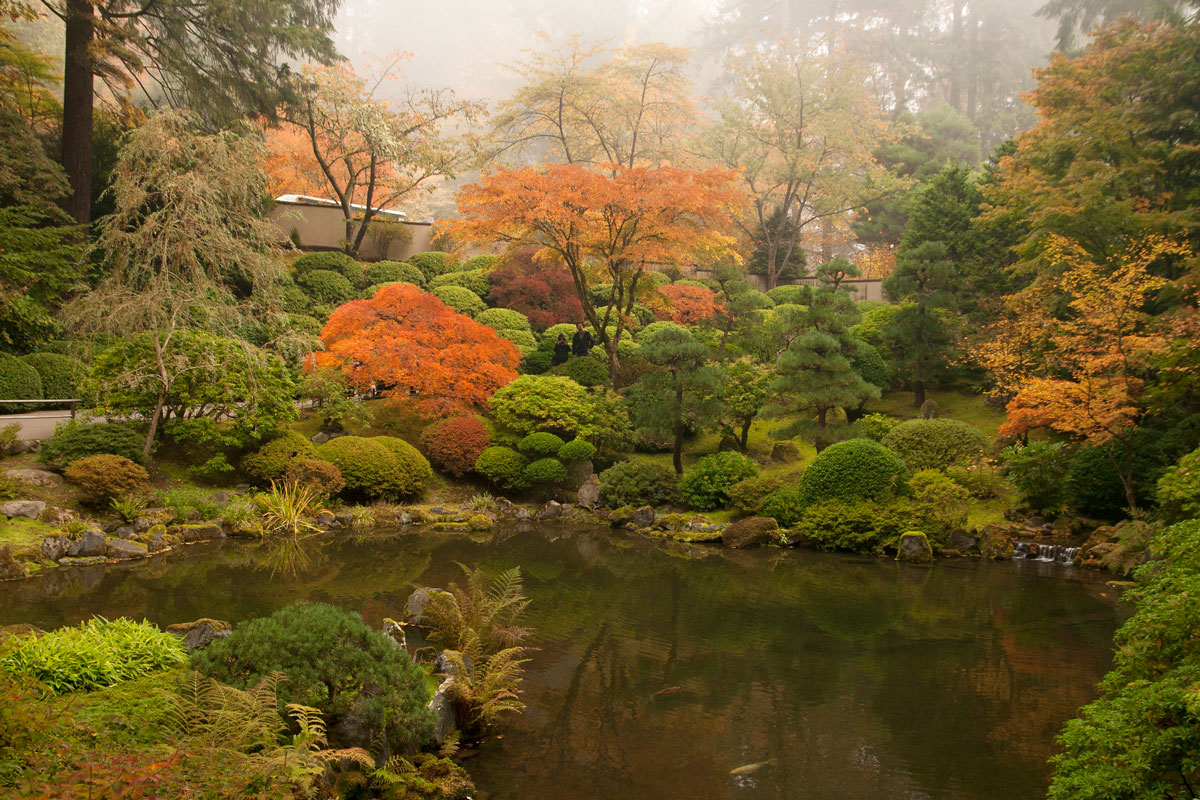Looking Versus Seeing
A glimpse into Art 551: Theories of Visuality, taught by Prof. Dana Katz.
How do images and objects function? How do they mediate what we see and experience? What do the presumptions of an art-historical practice bring to bear on interpretations of visual material and built space? These were just a few of the questions students pondered in Art 551: Theories of Visuality, a master of arts in liberal studies (MALS) course that explored how interdisciplinary approaches to art have changed the parameters of our critical study. Prof. Dana Katz [art] provided a selection of methodologies, and through those we examined the phenomena of cultural production, consumption, and reception, considering the implications of assessing style and value.
During a week dedicated to “the embodied environment,” the class discussed readings on Japanese-style gardens and the Western imagination, and took up topics of translation, invention, and even sonification. We shared impressions of our individual visits to the Portland Japanese Garden, and each student presented audio, video, or photographic recordings of their emotional response to the physical experience. While each person had a different sense of which sites were most exhilarating, unsettling, or calming, we all agreed that our reactions were informed by nuances of light, sound, scent, and scale—elements that changed as we moved through the landscape and felt the weather or the vibe of the crowd. Thinking about what constitutes natural vs. intentional, chance vs. cultivation, illuminated how much the essence of art, and the meaning we ascribe to it, is in constant flux.
